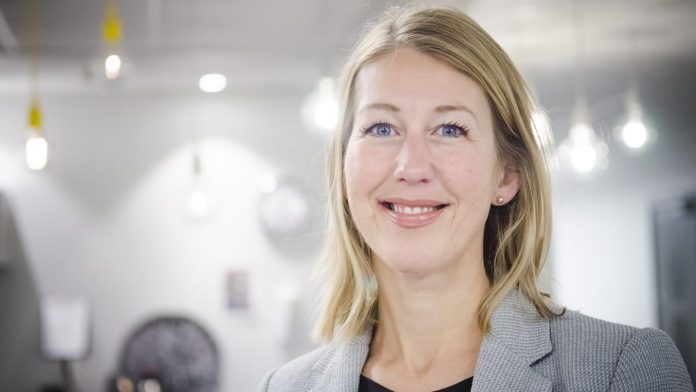A new technology might be able to predict peak periods of lice before they hit. The first results are extremely positive.
“Our goal was to show whether Watson could warn of a lice “bloom” two weeks ahead, right down at net level,” says Tanja Hoel of the NCE Seafood Innovation Cluster. She isn’t talking about a newly hired fortune-teller with a British-sounding name. No, the aquaculture industry’s newest weapon against seemingly indestructible salmon lice is IBMs system for artificial intelligence.
Could crack the code
Look closely at the graph below. The blue line is the actual lice swarm in the given period. The green line is what Watson predicted would happen two weeks in advance.

“For two years we’ve worked to gain control of the industry’s lice problems. Over 15 billion kroner are spent every year fighting lice which without a doubt are the industry’s biggest challenge. Even after 10 years of research on new technology, (the lice) won’t be brought to heel,” says Hoel.
Is this the answer?
It is at least a new technology that can give us completely new insight and understanding, which maybe in turn can lead us to gaining control of the problems, the cluster leader says.
Sensational results
I March NCE Seafood Innovation Cluster announced its plans for a Big Data collaboration. They had all the large fish-farmers signed up. Since then, project Aqua Cloud has rumbled and gone. The results shown above have never been reported in the media before.

“The results are on the same level with models that exist today that have been developed over decades. What’s sensational about Watson and Aqua Cloud is that we achieved such good results after six weeks of use,” says NCE Seafood innovation lead, Bjoergolfur Havardsson.
Industry-led project
“Many had said that this was tried before, without luck,” Hoel says. But what stranded the projects, the cluster asked. It was revealed that many earlier data-collection projects sprang from projects le by different research communities. The issues were defined by academia.
With the Aqua Cloud project the cluster hoped to solve a challenge for the industry, on the industry’s own premise.

“We went out and asked what they wished for. The answer was a tool that could predict lice two weeks before they arrived. These results suggest that we are close to reaching that goal,” Hoel says.
“Unique collaboration”
Leroy, Marine Harvest, Grief Seafood, Bremnes Seashore and many others are sharing data from their facilities to contribute to the project.
“I would characterize it as unique that so many large players are sharing data to achieve something together,” Hoel says.
The information is being masked, so that it won’t be possible for a company to sift through a competitors’ data. One of the most decisive moments was when the cluster opted for IBM as supplier, with its experience handling sensitive data.
“In addition, we brought in legal aid to check that everything was being done correctly. It’s been a criterion of success,” says Hoel.
For now, Aqua Cloud has been tested at two sites.
“At New Year we’ll decide the way forward. I see undreamed of possibilities.”


